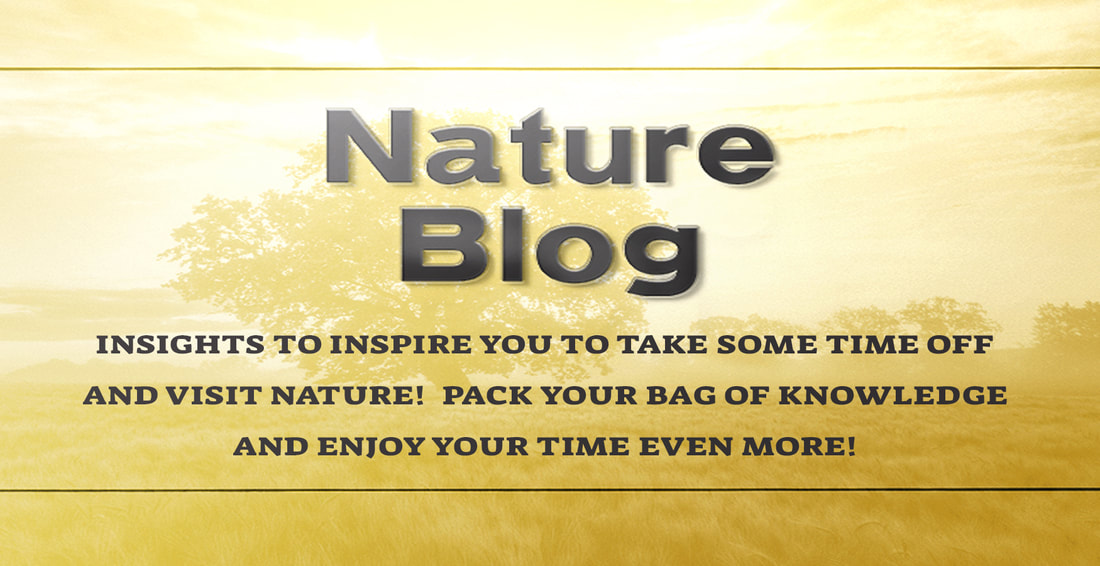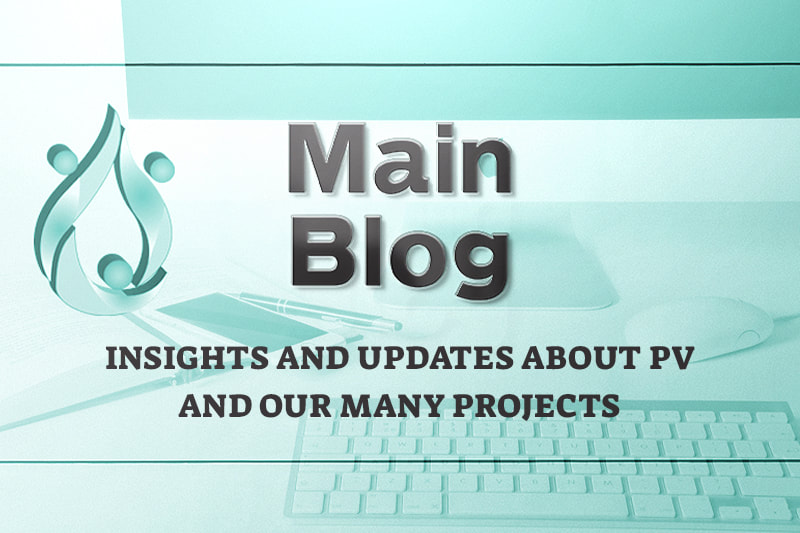|
In cities and towns, one of the main barriers for would-be organic growers is finding a piece of land on which to grow food. While it is possible to grow far more than you may imagine inside your home, you may well wish to take things further and create your own outside growing areas. Often, finding land means being open minded about the potential of even the most initially unpromising of sites. Even areas of abandoned scrub and old rubbish dumps have been successfully turned into productive gardens. Here are some hints to help you reclaim an overgrown or polluted patch of land for organic growing: Clearing Land By Hand Rather than resorting to harmful chemicals, organic gardeners will always put in the labour to do things the right way. Clearing land by hand is a difficult job – but will mean that the land is suitable for food production after all the effort, and nothing you do will harm the local or wider environment. When clearing very overgrown land, begin by cutting down any trees or woody shrubs with a hand axe or saw, before digging up as much of their root material as possible with a spade or mattock. Next, turn your attention to clearing the bulk of the leafy biomass and any human-made material out of the way. Wear gloves and take care when removing any poisonous plants or thorny material. What To Do With the Material You've Cleared Woody material can sometimes be used to create 'hügelkultur' planting areas. By piling up woody material to rot beneath a layer of compost and top soil, you can create garden beds that will decompose and sink, releasing their nutrients over time. Another alternative is to create a pit and burn woody material to create a biochar that can be used to add fertility and help free-draining soils to retain moisture. One final option is to shred woody material to create a wood chip which is ideal for use as paths through your garden.
Some plant material can be placed in a compost heap or compost bin. Any invasive species, seed bearing material, or plants which can regenerate from root sections should be burned, or placed in containers of water to create a liquid plant feed. Building Fertility & Removing Pollutants With Beneficial Cover Crops Once the area is broadly clear of plant matter, take care not to leave the soil bare for too long. Invasive, swift growing plants will quickly recolonise a bare area of topsoil, and bare soil can also be subject to nutrient loss. In order to build fertility, out-compete weeds and rejuvenate the soil ecosystem, it is best to immediately plant swift growing and sturdy cover crops. You could consider options such as phacelia in spring, buckwheat in summer and mustard towards the end of the growing season. Certain plants are particularly good at removing certain pollutants from the soil, so if you know a site is contaminated, cover crops can often be chosen to restore a natural balance to the soil ecosystem.
0 Comments
Leave a Reply. |
GROW ORGANIC!
|
|




 RSS Feed
RSS Feed




